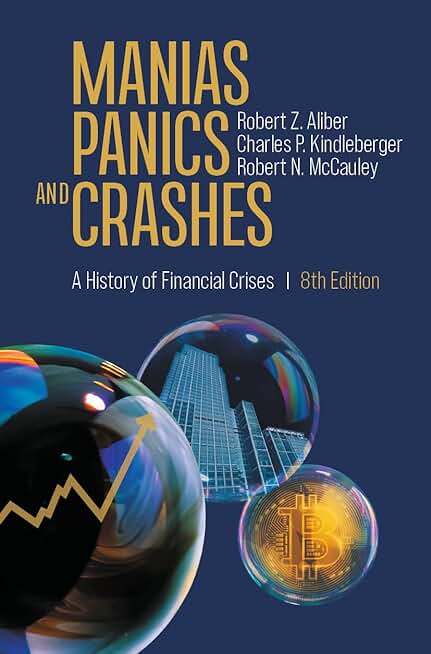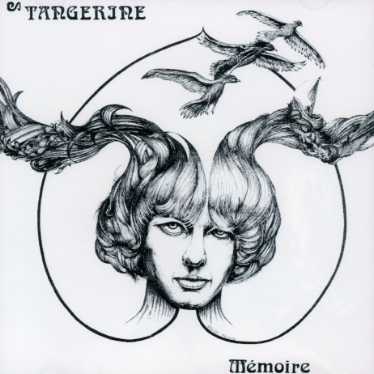
Hockett, Robert C.
The book presents both the original 1913 Fed and Hockett's modern restored Fed as a unique public/private and federal/local partnership specifically inspired by German industrial development banking and adapted to continent-spanning American conditions. It shows that the original Fed's focus on endogenous money and productive (not speculative) credit allocation was sound and effective as far as it went, while its ignoring exogenous sources of monetary disturbance prevented its properly handling the bubble and bust of the late 1920s and early 1930s. The reaction to that error after the mid-1930s, the book shows, fell into the opposite error, pretending that monetary aggregates could be adequately modulated without being forthrightly allocated in productive rather than speculative directions. A "Goldilocks Fed" must both productively allocate endogenous money and sensibly modulate exogenous money - twin prerequisites to both productive investment and financial stability. Hockett illustrates how the twelve regional Federal Reserve District Banks were founded for just these purposes and can be revitalized to achieve them anew.







